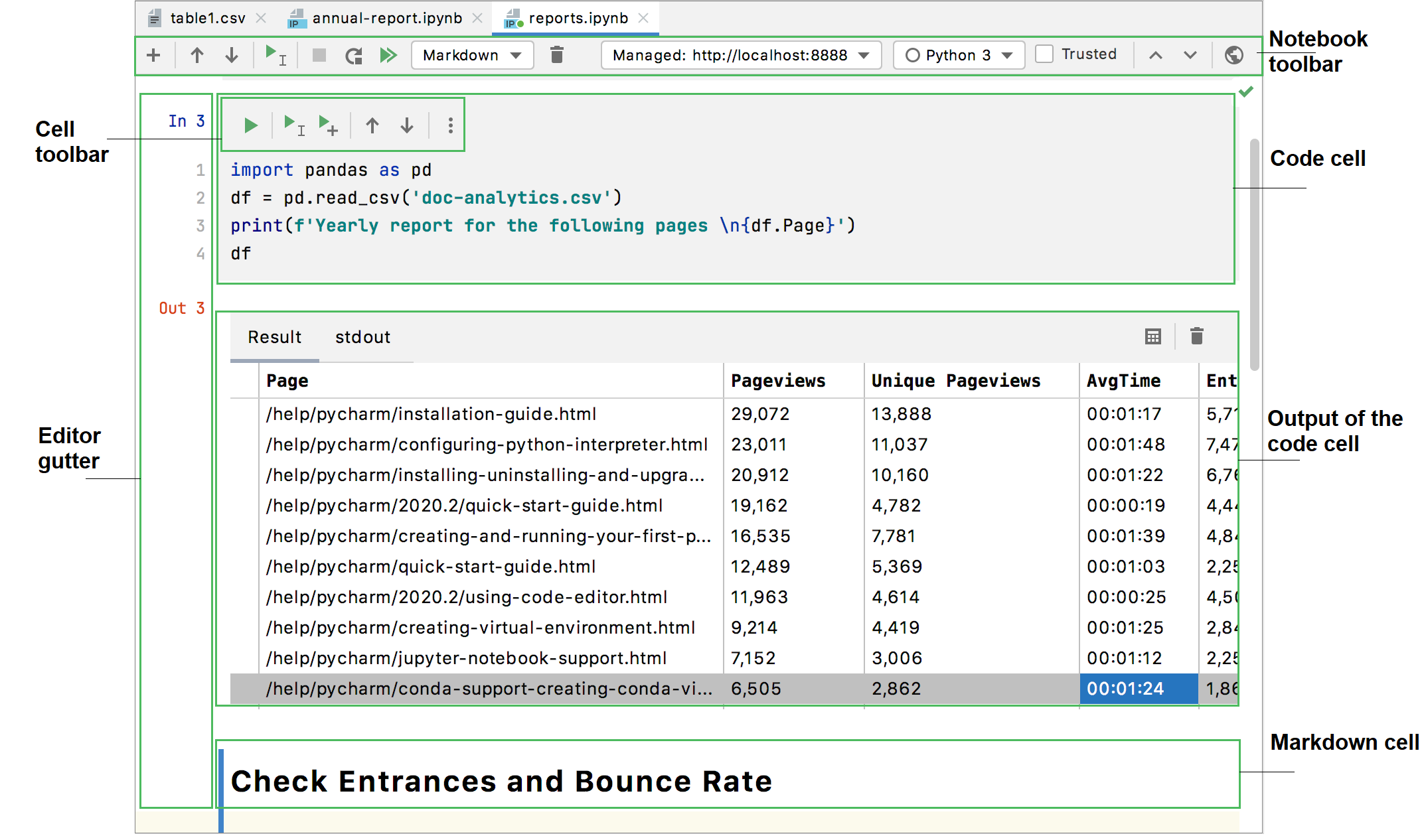
While remote development isn’t a new idea in the computing world, the culmination of 20 years of JetBrains knowledge and state-of-the-art hosting choices brings everyone in the industry to a unique moment. A thin client runs locally and connects to this IDE backend and provides a full working user interface as if the IDE was running locally, even though all the processing is done on the remote server. The IDE is installed as a backend service, where it will load a project without displaying a user interface. Write, navigate, refactor, run, debug and test your projects as you’ve always done.Īs our previous announcements have detailed:Īt its simplest, remote development will connect to an existing server via SSH. Using a thin client based on the IntelliJ Platform, you can experience the same Rider development workflows you would locally. JetBrains Remote Development can host your source code, toolchain, and IDE backend on any remote server that supports SSH. What is a modern developer to do to overcome these challenges? Remote development, of course! Virtualization and emulation also have limits, as hosting overhead typically can give less-than-accurate results. While you could build a physical device library, it’s not practical for many developers. NET developers, those limits have expanded beyond technical ones and include problems such as multi-targeting operating systems and hardware.

Current workloads can demand extreme amounts of CPU, Memory, and GPU, not to mention the ongoing development of Quantum computing.įor. So while we see computers on our desks with processing power beyond the imagination of history’s first computer scientists, you can still hit the limits of these devices in a modern development workflow.

Like most things in technology, trends are cyclical. The history of the computer terminal is fascinating and helped usher in the modern era of personal computing we find ourselves in today. Users would remotely connect to large computers using a terminal to accomplish their work. Remote development is familiar and dates back to the dawn of professional computing.

This post will answer the question, “what is remote development?”, “why would I want to use remote development?” and how to use remote development with your current version of JetBrains Rider. Already introduced for other JetBrains IDEs built on the IntelliJ Platform, Rider users can now experience the power of developing remotely on the.

NET developers now have access to the Remote Development Beta. With the release of JetBrains Rider 2022.2.


 0 kommentar(er)
0 kommentar(er)
